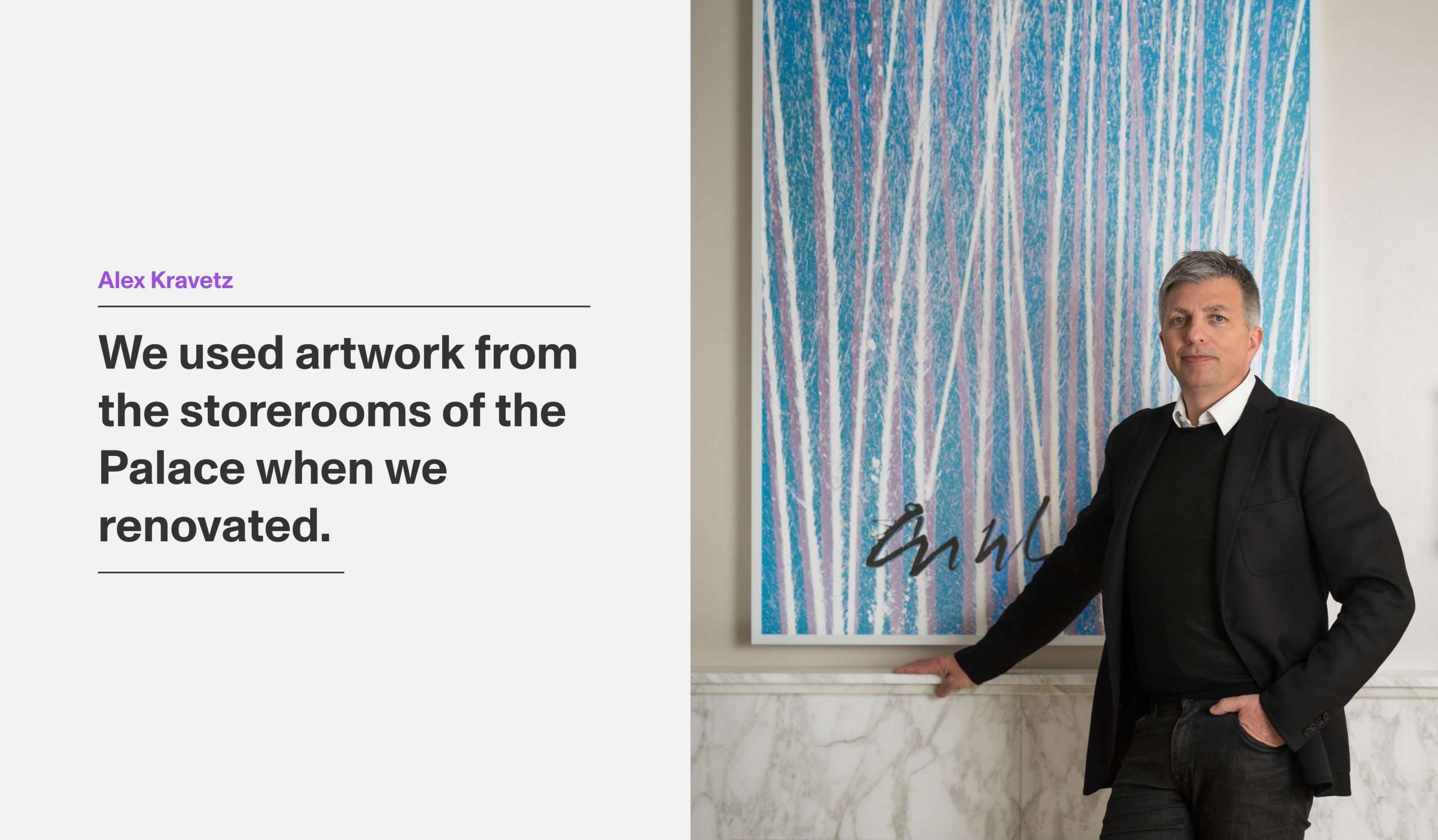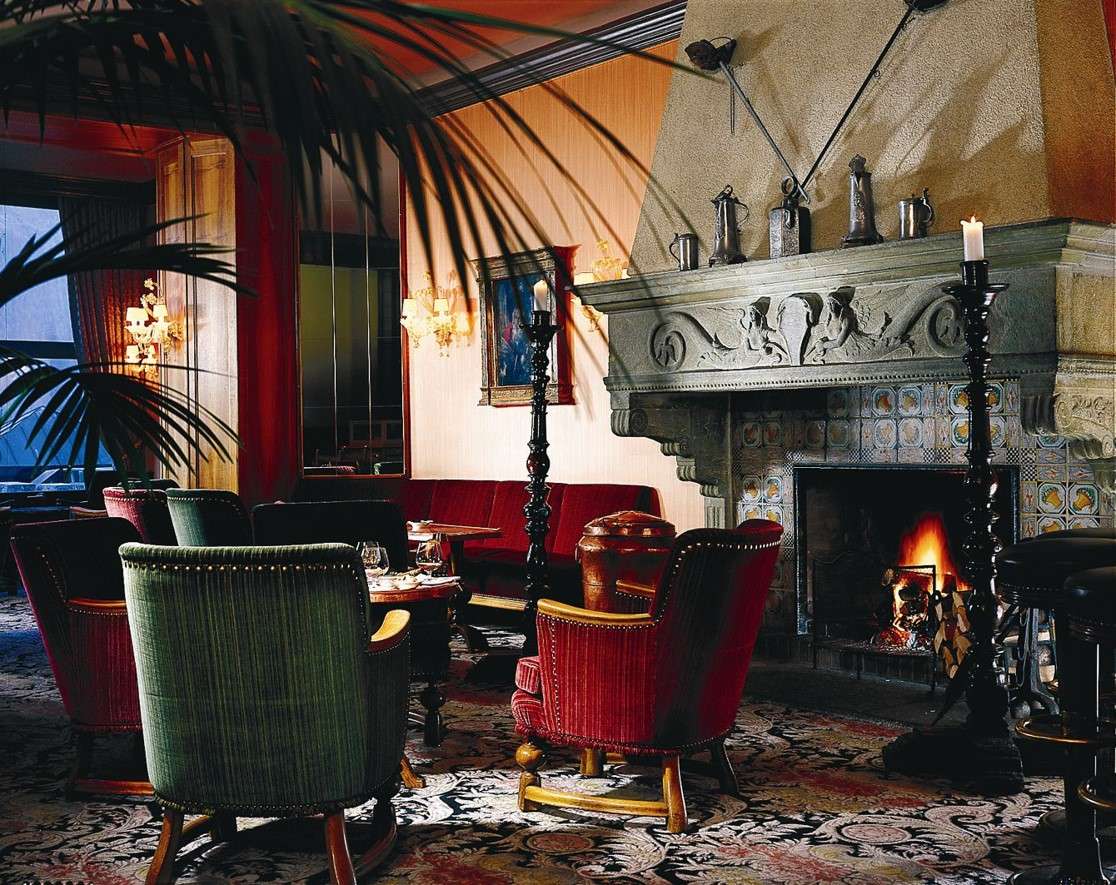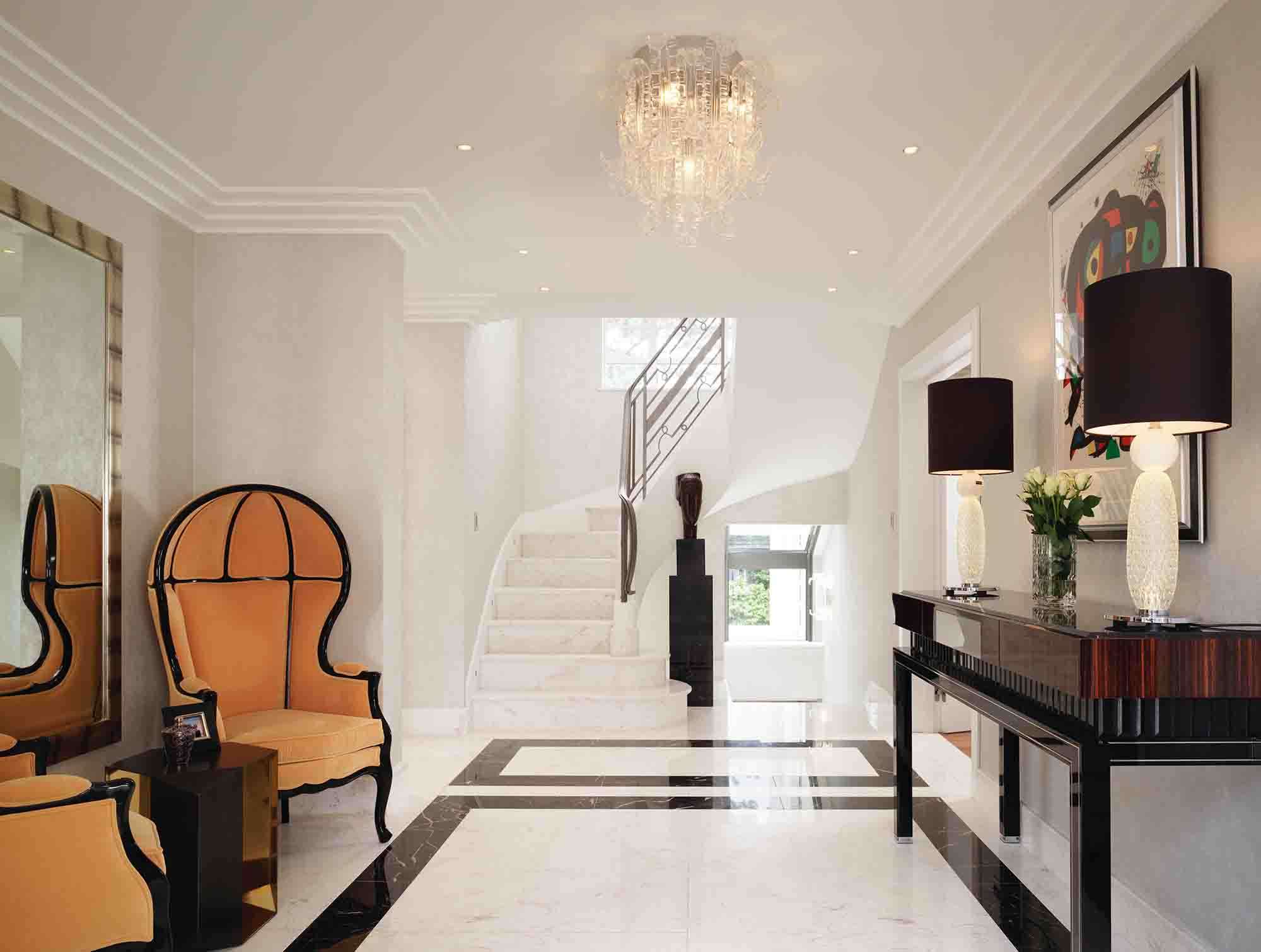
Up until this point in our Luxury Design series, we have mainly focused on design and installation within residential developments, but now that the hospitality sector is beginning to open back up in the UK, it seemed only fitting to shift our focus to the design and installation of interiors within the more commercial spaces. There are few other names that spring to mind when it comes to designing high-end commercial interiors than that of Alex Kravetz.
After leaving his illustrious job at one of the worlds number one global hospitality design firms and setting up his studio 20 years ago, Alex now bases himself in Esher, Surrey. Not only do Alex and his team work in many design styles which are largely driven by the location and the character of the property, whether that be Grade I listed mansions or contemporary homes but his studio also specialise in hospitality design for luxury hotels and are involved with prime residential developments, where specialist interior design installs are often required. So, as usual, we decided to ask Alex a few questions. First up;
Our designs are always based on a concept that will be reflected in the choice of artwork or vice versa. For example, when we work on a Hotel project we need to practically assemble an art gallery in its own right based on a particular theme. This theme is driven by a very specific narrative which we either create ourselves as part of the branding or in case it is a historical project the property itself will have an amazing history.
We have also been fortunate to work on properties where they already have their own art collections in place so we need to inject a new and fresh selection for the areas which undergo the transformation during the renovation. For example, at the Badrutt’s Palace in St Moritz there is even a room named after the large painting of the Madonna attributed to Raphael.
This room was originally renovated as a Reading Room in 1902 and the painting has been pivotal in the perception of the Hotel’s art collection ever since. We have also used artwork from the storerooms of the Palace when we renovated the Helen Badrutt Suite. During the same trips to the stores, I also found some artefacts and used them on the Renaissance Bar fireplace.

At the Intercontinental Hotel in Moscow, we have used the Suprematism movement of the early 20th century art to create a curated collection from specially commissioned works by contemporary artists.
When it comes to residential designs the process is very different as the clients are collecting their own pieces or we help them to find their key artwork to work well within the interior. The alternative way is to start the design concept from a single artwork or sculpture and continue the theme into the rest of the project.
As I collect art myself it is very important to be very sensitive to the size of the art as well as the provenance. For many clients these pieces of art can create a conversation and a statement about the house, some would like to start afresh in their new properties. Creating the look, as well as the impact, is a great creative journey that connects you as a designer to the art galleries, auctions and spans many side conversations with interesting people, the history of the items and previous owners.
Art is also a decorating tool – some works can create such a strong impact that the interiors can take a background function just like a frame. So the public spaces in a Hotel or a residence represent the most interesting part of the interiors. Smaller “transitional” spaces can support the story and again give significance to the otherwise secondary area.

The Pandemic has taught everyone one thing – analogue mode is now relegated to history and this applies to all aspects of our lives. Everything is now immediately available online with even the bidding taking place in real-time, so the best items can be purchased as you go. We have made acquisitions for clients which relate to antiques, artefacts and art. It is also a perfect way to combine many pieces together as you make up the final selections.
Our sourcing opportunities have generally expanded in the digital age too – all the galleries around the world now offer their services online. Interestingly the movement of art in terms of worldwide shipping has also grown several times over, year on year, and this trend is likely to continue. It will be interesting to see what happens with the advance of NFT digital art, although I see this as a new lucrative media or an art-crypto-currency.
My professional background apart from graphics and design is firmly rooted in stage design. My mentor in interior architecture once said that our houses and hotels are like stages and we perform our life acts around these stages. The design process and the interior architecture design narrative is very much based on this principle – our lifestyles, whether aspirational or real are always centred on the roles we choose.
There are 2 parameters that we use in our “brandology” analysis. The overall flow from the front door all the way to the attic have their own dynamics. So the first parameter is “external influences” and is very much driven by the level of entertaining the house will have and its location.
For example, a residence by the sea or in the mountains will have its own relevant direction in not only the art selection but the colour schemes and furnishings, design details etc. It is very important to also consider all the outdoor spaces which many times inter-relate to the interiors and become very much an extension of the house. The landscape and the views take over the role of art and become the background canvases to the stage set.
The second parameter is centred around the personal aspects of the clients. If we are working with the already existing art collection directions we need to distribute the art in the most logical as well as colour balanced way. If we are creating this from scratch we would often acquire or commission the art pieces especially for the interiors.
Generally, we always approach each project as an individual and unique process. This also ensures that our designs are sustainable and timeless and if constructed intelligently will enhance our living environments for many happy years to come. Interestingly, the turbulent events of 2020 worldwide have emphasised the importance of our homes as the basis of our lives. I see our profession not as a design trend follower but as a holistic and life-enhancing craft.
Are you an interior designer looking for logistical support? As part of our ongoing interior design services, our specialist team can assist with condition reporting, inventory management, storage and installation. Find out more or contact the team and we’d be happy to help.